TexasKnucklehead
Jedi Knight
Offline
So my left outer front wheel bearing failed. All 12 roller bearings were inside the hub (between the inner and outer races) in a pile of grease. As you can see, the retainer was chewed up pretty good, but the 'detents' for the 12 rollers are still visible. The inner race is no longer round because of the hub rubbing against it with the weight of the car (no wonder it squeaked). The race seemed to be welded onto the stub axle but I was able to free it as follows.
A tie-rod separator tool can be placed between the loosely installed nut, backed by the D washer, and pulling against the inside of the race. I tightened the tool until it was about to shatter. With a dremel cut-off wheel I cut a relief slot at an angle to the center, about half way into the race. I smacked on the tool with a small sledge and occasionally loosened the tool and re-positioned it. I heated the race with a map gas torch until the tool was too hot to handle. I tried pounding a cold chisel into the cut slot. I used the cut-off wheel to cut farther into the race being careful not to cut into the stub axle. When I was almost cut through, the race made a loud bang as it moved slightly towards the nut. The tool could then pull off the race.
The old race will not slide onto the new or old stub axle, and I don't have a new one yet.
A local friend gave me a set of old (new/unused original stanpart) stub axles. How do I know if the axle caused the bearing to fail? What are your thoughts on replacing the axle? The inner bearing and race seem fine, but I plan to replace them. What are your thoughts on that? Anyone care to guess how long I was driving with no roller bearings? Thoughts?
A tie-rod separator tool can be placed between the loosely installed nut, backed by the D washer, and pulling against the inside of the race. I tightened the tool until it was about to shatter. With a dremel cut-off wheel I cut a relief slot at an angle to the center, about half way into the race. I smacked on the tool with a small sledge and occasionally loosened the tool and re-positioned it. I heated the race with a map gas torch until the tool was too hot to handle. I tried pounding a cold chisel into the cut slot. I used the cut-off wheel to cut farther into the race being careful not to cut into the stub axle. When I was almost cut through, the race made a loud bang as it moved slightly towards the nut. The tool could then pull off the race.
The old race will not slide onto the new or old stub axle, and I don't have a new one yet.
A local friend gave me a set of old (new/unused original stanpart) stub axles. How do I know if the axle caused the bearing to fail? What are your thoughts on replacing the axle? The inner bearing and race seem fine, but I plan to replace them. What are your thoughts on that? Anyone care to guess how long I was driving with no roller bearings? Thoughts?

 Hey there Guest!
Hey there Guest!
 smilie in place of the real @
smilie in place of the real @
 Pretty Please - add it to our Events forum(s) and add to the calendar! >>
Pretty Please - add it to our Events forum(s) and add to the calendar! >> 
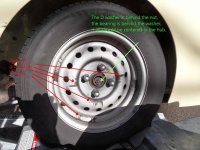
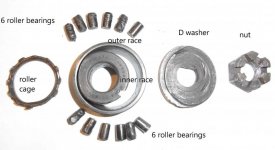
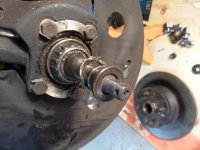
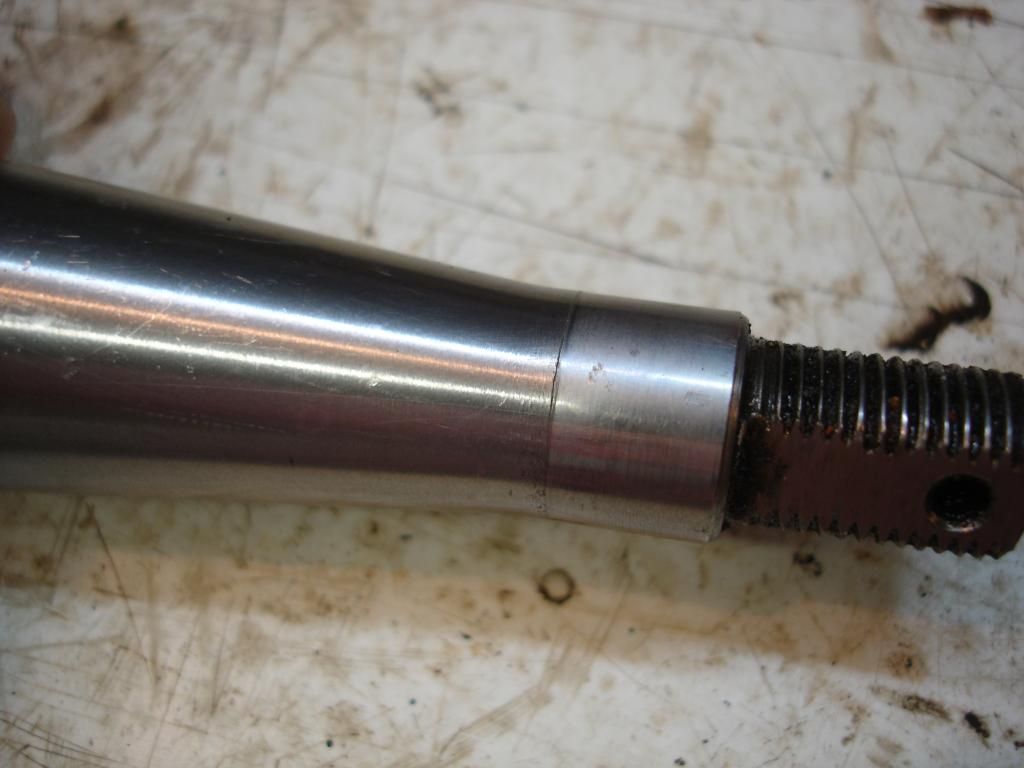

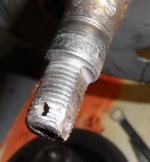
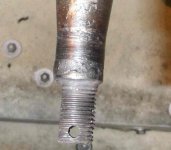
 A friendly reminder - be careful what links you click on here. If a link is posted by someone you don't know, or the URL looks fishy, DON'T CLICK. Spammers sometimes post links that lead to sites that can infect your computer, so be mindful what you click.
A friendly reminder - be careful what links you click on here. If a link is posted by someone you don't know, or the URL looks fishy, DON'T CLICK. Spammers sometimes post links that lead to sites that can infect your computer, so be mindful what you click.